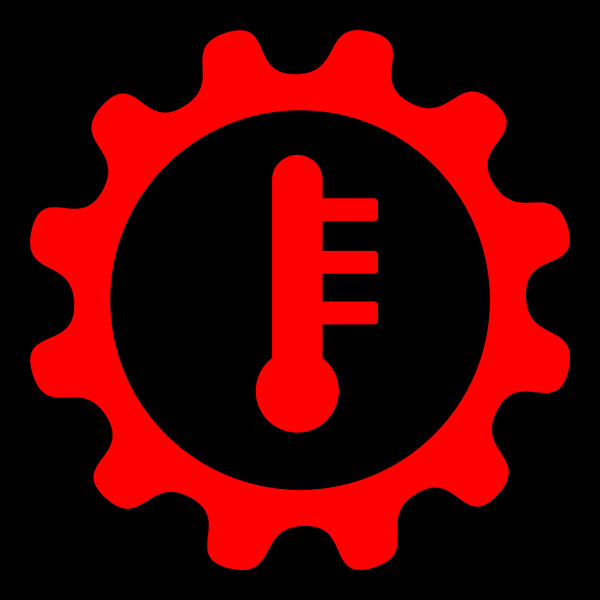
BMWs are known for their engineering precision and attention to detail, but when a transmission warning light pops up on the dashboard, it’s easy to feel a bit anxious. Unlike older vehicles that had limited indicators, modern BMWs are equipped with sophisticated diagnostic systems that monitor dozens of variables in real-time. When something in the transmission system deviates from normal parameters, a warning light typically appears. The trick is understanding what that warning means and how quickly you need to respond.
Common Reasons Transmission Lights Turn On
Not every warning light signals a major transmission failure, but many do indicate problems that can escalate if ignored. Some of the more common causes include:
Low or degraded transmission fluid
Transmission fluid that is low, dirty, or old can lead to overheating or slipping. BMW transmissions are sealed systems, but fluid can still deteriorate over time.
Electronic sensor issues
Modern transmissions rely heavily on sensors to regulate shifting. If one malfunctions or sends inaccurate data, it can trigger the warning light.
Overheating
Transmission temperatures can rise in heavy traffic or during aggressive driving. When sensors detect excessive heat, the light may come on to prevent damage.
Gear ratio errors
If the transmission can’t shift properly or stays in a single gear (a condition called limp mode), the system will alert you to prevent further stress on components.
What Is Limp Mode, and Why Does It Happen
Limp mode is BMW’s way of protecting your transmission. If the vehicle’s control unit detects a serious issue, it restricts the car to one or two gears and limits speed. This prevents additional damage and gives you time to safely reach a service center. While it may feel like your car is stuck or sluggish, it’s actually a built-in safety response.
If you experience limp mode, avoid trying to push the vehicle or restart it multiple times to override the warning. Instead, get your car to a repair shop as soon as possible so the fault can be diagnosed properly.
What You Should Do If the Transmission Light Comes On
When that amber gear icon lights up, your first move should be to pull over safely and take a moment to assess. Do you feel anything unusual in the way the car is shifting? Are there any strange noises or vibrations? If the car seems to drive normally, you can usually proceed cautiously to a repair shop. But if the car enters limp mode or starts jerking between gears, it’s safer to stop driving and call for a tow.
Do not assume the issue will resolve on its own. Even minor fluid problems can turn into major repairs if left unaddressed.
Can You Check Transmission Fluid in a BMW
Many BMWs do not have a traditional dipstick for checking transmission fluid. The sealed system is designed to be maintenance-free under normal conditions. However, that doesn’t mean fluid issues can’t arise. Leaks, heat, and wear can all affect the fluid’s condition over time.
To inspect or change the transmission fluid, the technician will need to use specialized equipment and follow a specific procedure. This is why it’s best not to guess or delay if your warning light relates to the transmission.
Transmission Light vs. Check Engine Light
While both lights can indicate engine or drivetrain issues, the transmission warning is more targeted. In some cases, transmission problems may trigger the general check engine light first, especially if they affect how the engine performs. But a transmission-specific warning should always be taken seriously. It means the issue is likely isolated to the gearbox, sensors, or fluid system.
How Technicians Diagnose Transmission Warnings
Our technicians will connect your vehicle to a diagnostic tool that can read fault codes from the transmission control module. These codes give detailed information about what went wrong and when. From there, they can test sensors, inspect fluid levels, and determine whether the problem is mechanical or electronic.
Some problems, like sensor errors, can be fixed with a relatively simple repair. Others, like internal clutch wear or solenoid failure, may require more in-depth work.
Keep Your BMW Shifting Smoothly with Bimmer Motor Specialists
If your BMW’s transmission light is on or your car isn’t shifting like it used to, don’t take chances. Bring it to Bimmer Motor Specialists in Coppell, TX. Our technicians specialize in diagnosing BMW-specific warning lights and transmission issues. We use factory-grade diagnostic tools to pinpoint the problem and get you back on the road quickly. Whether it’s a simple sensor reset or a complete transmission service, you’ll get honest answers and expert care.
Schedule your visit today and drive with confidence again.